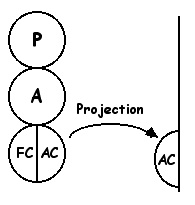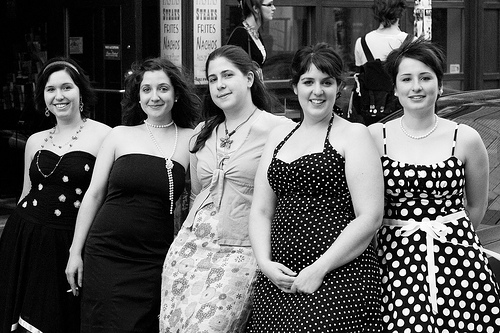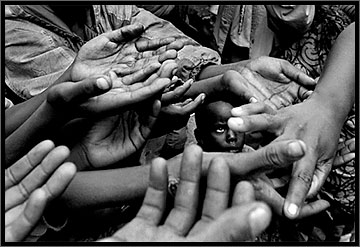In Transactional Analysis terms it is the Adapted Child (AC) ego state where self destructive urges reside in the suicidal individual. The young child makes an early script decision that is known as the “Don’t exist” decision or the suicide decision. It is the AC part of the personality that encompasses that decision and thus subsequent suicidal urges are seen to come from there.
In the treatment and management of the suicidal one can give the client an opportunity to seek to clarify this ego state or part of their personality. One way to do this is to get the client to project that part of their personality out onto the environment. They can project it into an empty chair or they may draw it on a piece of paper thus allowing it to be projected out in that way.
This can be shown diagrammatically as:

The AC is projected out onto some kind of ‘screen’ allowing the client's and therapist’s Adult ego states to see it in a clearer form. Once done the client can see, understand and experience this aspect of the personality in more profound way than if it had never been ‘externalised’ before. However the point at hand is it also allows the therapist to understand it much better and begin to relate to that part specifically.
In my view one of the most important therapeutic undertakings with the suicidal client is precisely this. For the therapist to establish relational contact with the self destructive aspect of the client. When the client makes such a projection then such an activity is possible.
But why is it seen as such an important action? The answer to this question addresses the spheres of humans, relationships and attachments. The research is prolific and emphatic about the health promoting ramifications of human relationships and attachment. Humans are much more psychologically robust if they have substantive relationships (attachments) in their current lives. Indeed it is better to have attachments of a poor quality than no attachments at all. Humans need relational contact and they are healthier when they have it.

However it should be noted that what is being suggested here is different to the usual kind of relationship formation. It is different than two people meeting and over time forming a bond and attachment. The difference is that the therapist is addressing one specific aspect of the client’s personality rather than the person as a whole.
It seems safe to say that in normal relating this aspect of the personality would rarely be addressed or even recognised between the two people so a different dimension of relating is being discussed here. I do not know of any research on this specific type of relating. All I can do is make statements on what I have observed over the years of working like this in therapy. In addition I must say that I have rarely seen others set about to establish this type of relational contact with a client.
However my conclusion is that this type of relational contact is of considerable therapeutic value. A part of the client’s personality, the Adapted Child ego state, that rarely if ever gets directly addressed by another all of a sudden is not only being address but is being sought for relational contact. Some person all of a sudden is seeking it out for a relationship and attachment. Someone wants to get to know it and relate to it probably for the first time ever in its life. To treat it with respect and compassion again probably for the first time ever in its life.

Not uncommonly there is some initial resistance but that usually subsides quite quickly, after about three or four episodes of relational contact. Then there tends to be a dropping of its ‘harshness’ for the want of a better word. Initial contact from the therapist can be met with a response of glaring, subdued, abrupt, unfriendly, desolate and so forth. (I have just picked some words that try to explain the types of responses that can happen.) (It is similar to dealing with the lilith of a client)
It is a like a young child who has been ignored and maybe even derided for many years, all of a sudden is sought out in a compassionate way by a friendly other. It will feel most strange for the child, they wont trust it but they quickly discover that it feels nice. They may even be angry and hostile about being treated like that for such a long time. But if the other accepts the anger and hostility without abandoning it or hitting back angrily then the Child will start to find it is most appealing and then will start seeking it out by itself.
Graffiti


0 comments:
Post a Comment